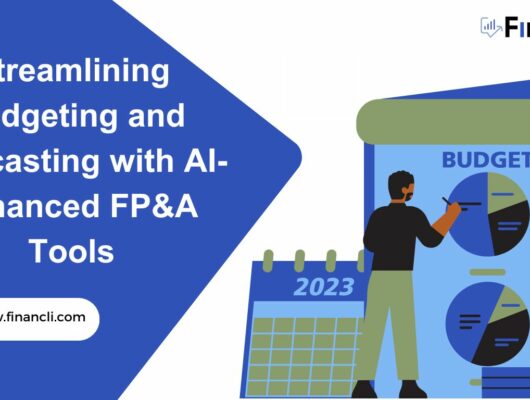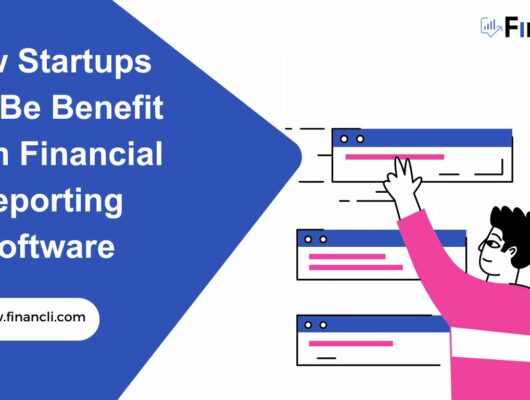Customer Interaction
Customer interaction metrics are key performance indicators (KPIs) that businesses use to measure the effectiveness of their interactions with customers. These metrics provide insights into how well the company meets customer needs and expectations and help identify areas for improvement.

Some common customer interaction metrics include:
- Customer satisfaction score (CSAT): measures how satisfied customers are with their experience interacting with the business.
- Net promoter score (NPS): measures how likely customers are to recommend the business to others.
- First response time (FRT): measures how quickly the business responds to customer inquiries or complaints.
- Resolution time: measures how long it takes to resolve customer issues or complaints.
- Customer retention rate: measures the percentage of customers who continue to do business with the company over time.
- Customer effort score (CES): measures how easy or difficult it is for customers to resolve their issues.
By monitoring these metrics, businesses can identify trends, track performance over time, and make data-driven decisions to improve the customer experience.
Customer Interaction Metric Formula
A business can use several customer interaction metrics to measure the effectiveness of its customer service efforts. Here are some common formulas for calculating these metrics:
First Response Time (FRT): This measures the time a customer receives an initial response after contacting customer service.
FRT = (Time of First Response – Time of Request) / Number of Requests
Average Handling Time (AHT): This measures the amount of time a customer service agent spends handling a customer inquiry or request.
AHT = Total Talk Time + Total Hold Time + Total Wrap-Up Time / Number of Calls Handled
Customer Satisfaction Score (CSAT): This measures customers’ satisfaction with the customer service they receive.
CSAT = Number of Satisfied Customers / Total Number of Survey Responses * 100
Net Promoter Score (NPS): This measures the likelihood of a customer recommending a business to others.
NPS = % of Promoters – % of Detractors
(Promoters are customers who rate the business 9 or 10 out of 10, detractors are customers who rate the company 0 to 6 out of 10, and passives are customers who rate the business 7 or 8 out of 10. The NPS score ranges from -100 to +100.)

Customer Effort Score (CES): This measures how easy it was for a customer to resolve their issue or complete a task with the business.
CES = Total Number of Customers Who Found the Experience Easy / Total Number of Customers Who Responded * 100
Note that these formulas may vary depending on a business’s specific needs and goals.
Importance of Customer Interaction Metric in the SaaS Industry
Customer interaction metrics are crucial for the success of any business, but they are particularly important in the SaaS industry. Here are some reasons why:
- Customer Retention: Customer retention is critical to long-term success in the SaaS industry. Customer interaction metrics such as customer satisfaction score (CSAT) and net promoter score (NPS) help businesses understand how well they meet their customers’ needs and whether they are likely to continue using the product.
- Customer Acquisition: SaaS businesses rely heavily on word-of-mouth marketing and referrals to acquire new customers. A high NPS score can indicate that customers are likely to recommend the product to others, which can lead to increased customer acquisition.
- Product Development: Customer interaction metrics such as customer effort score (CES) can provide insights into areas where the product can improve. By understanding where customers are having difficulty or experiencing friction, SaaS businesses can make strategic improvements to the product that can lead to increased customer satisfaction and retention.
- Competitive Advantage: In a crowded SaaS market, businesses that prioritize customer experience and measure customer interaction metrics can gain a competitive advantage. By consistently delivering high levels of customer satisfaction and building a solid reputation for customer service, SaaS businesses can differentiate themselves from their competitors.

Overall, customer interaction metrics are essential for SaaS businesses that want to build solid, long-lasting customer relationships and drive sustainable growth. By measuring and analyzing these metrics, SaaS businesses can make data-driven decisions that improve customer experience, increase customer retention, and have tremendous success in the market.
Limitations
While customer interaction metrics can be extremely valuable for businesses, there are also some limitations to remember. Here are a few:
- Limited Scope: Customer interaction metrics typically only measure a specific aspect of the customer experience, such as first response time or customer satisfaction. While these metrics can provide valuable insights, they may not give a comprehensive view of the customer experience as a whole.
- Self-Selection Bias: Customer interaction metrics reflect surveys or feedback forms that customers voluntarily complete. This can introduce self-selection bias, as customers who are particularly satisfied or dissatisfied with the service may be more likely to respond.
- Lack of Context: Customer interaction metrics are often quantitative in nature, which means they don’t always provide the full context of a customer’s experience.
- Inability to Measure Unstructured Feedback: Many customer interaction metrics rely on structured feedback, such as rating scales or multiple-choice questions. This can make it challenging to capture the nuances of customer feedback and identify areas for improvement.
- Unrealistic Expectations: While customer interaction metrics can be extremely useful for identifying areas for improvement, businesses must be careful not to set unrealistic expectations for themselves. For example, a company may set a goal of achieving a 100% customer satisfaction score, which is not always achievable and may lead to unnecessary pressure on employees or unrealistic demands on the business.
By understanding the limitations of these metrics, companies can use them more effectively and make data-driven decisions that lead to improved customer experience and business success.
Companies Examples
Here are some examples of companies that use customer interaction metrics to measure and improve their customer service:
- Zappos: Zappos is an online shoe and clothing retailer that is known for its exceptional customer service. The company uses a range of customer interaction metrics. This includes first response time, customer satisfaction score, and net promoter score. Zappos also encourages customers to provide feedback on their experience and uses this feedback to make improvements to its service.
- Airbnb: Airbnb is a platform that allows people to rent out their homes or apartments to travelers. The company uses a customer effort score (CES) to measure how easily customers can use its platform and complete their bookings. Airbnb also uses net promoter score (NPS) to measure customer loyalty and satisfaction.
- HubSpot: HubSpot is a marketing and sales software company that offers a range of products to businesses. The company uses customer satisfaction scores (CSAT) and net promoter scores (NPS) to measure how well it meets customers’ needs and identify improvement areas.
- Amazon: Amazon is one of the largest online retailers in the world and is known for its customer-centric approach. The company uses a range of customer interaction metrics, including customer satisfaction score (CSAT), net promoter score (NPS), and first response time, to measure the effectiveness of its customer service. Amazon also uses customer feedback to make improvements to its products and services.

Overall, these companies demonstrate the importance of customer interaction metrics in measuring and improving customer service. By using these metrics effectively, businesses can build strong relationships with their customers and drive sustainable growth.
What Metrics Compliment Customer Interaction Metrics?
While customer interaction metrics are essential for measuring customer service and satisfaction, they may work in conjunction with other metrics to provide a more comprehensive view of a business’s performance. Here are a few metrics that can complement customer interaction metrics:
- Customer Acquisition Cost (CAC): Customer acquisition cost is a metric that measures the cost of acquiring a new customer. This metric is important because it helps businesses understand the ROI of their marketing and sales efforts. By comparing CAC to customer lifetime value (CLV), companies can identify which marketing channels and sales strategies are most effective.
- Churn Rate: Churn rate is a metric that measures the rate at which customers stop using a product or service. This metric is important because it helps businesses understand how well they retain customers. As a result, businesses can increase customer lifetime value and improve overall revenue by reducing churn rate.
- Average Revenue per User (ARPU): This measures the average amount of revenue generated by each customer. This metric is important because it helps businesses understand the profitability of their customer base.
- Customer Lifetime Value (CLV): This metric measures the total amount of revenue a customer expects to generate over the course of their relationship with a business. This metric is important because it helps companies understand their customers’ long-term value.
These metrics can provide valuable insights into a business’s performance. Moreover, they help companies make data-driven decisions that improve customer experience and business success. Businesses can build a more comprehensive understanding of their customers and make strategic decisions that drive growth by using these metrics.






